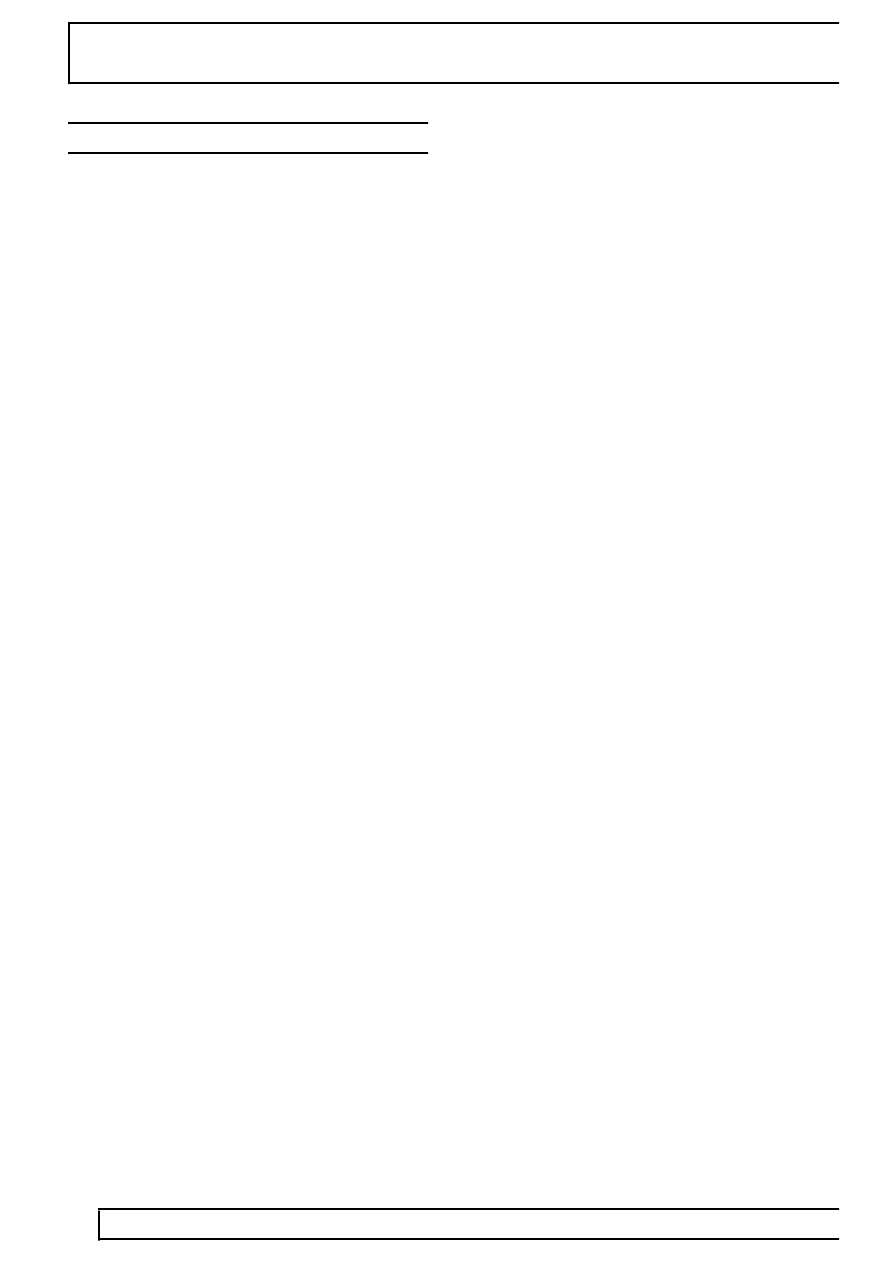TD5 Defender

19
FUEL SYSTEM
2
DESCRIPTION AND OPERATION
DESCRIPTION
General
The fuel delivery system comprises a fuel tank, fuel pump, fuel pressure regulator, five injectors and a fuel filter.
The system is controlled by the ECM, which energises the fuel pump relay and controls the operation and timing
of each injector solenoid.
Unlike other Diesel engines, the Td5 has no injection pump. The diesel direct injection system receives fuel at
pressure from a two stage fuel pump located in the fuel tank. The system incorporates a fuel return to the fuel
pump, via a fuel cooler attached to the inlet manifold, and a fuel filter. A fuel pressure regulator is located in a
housing on the rear of the cylinder head. The regulator maintains the fuel delivered to the injectors at a constant
pressure and returns excess fuel back to the fuel filter and pump via the fuel cooler.
A fuel filter is positioned on the chassis longitudinal, below the RH rear wheel arch. The fuel feed and return to and
from the engine passes through the filter. The filter also incorporates a water sensor, which illuminates a warning
lamp in the instrument pack.
A moulded fuel tank is located at the rear underside of the vehicle between the chassis longitudinals. The tank
provides the attachment for the fuel pump and the fuel gauge sender unit, which is located inside the tank.
Fuel Tank and Breather
The fuel tank and breather system is a major part of the fuel delivery system. The fuel tank and breathers are
located at the rear of the vehicle between the chassis longitudinals.
Fuel Tank
The moulded fuel tank is made from High Molecular Weight (HMW) High Density Polyethylene (HDPE), and is
manufactured using a proportion of recycled plastic.
The tank is held in position by a metal cradle which is secured to the chassis cross members by four bolts, two
holding the front of the cradle in position, two holding the rear. The fuel tank has a useable capacity of 75 litres
(16.5 gallons).
An aperture in the top surface of the tank allows for the fitment of the fuel pump and fuel gauge sender unit, which
is retained with a locking ring. A reflective metallic covering is attached to the tank with three scrivets to shield the
tank from heat generated by the exhaust system.
Fuel Tank Breather System
The fuel tank filler tube incorporates a tank vent which allows air and fuel vapour displaced from the tank when
filling to vent to atmosphere via the filler neck.
A breather spout within the tank controls the tank ’Full’ height. When fuel covers the spout it prevents fuel vapour
and air from escaping from the tank. This causes the fuel to ’back-up’ in the filler tube and shuts off the filler gun.
The position of the spout ensures that when the filler gun shuts off, a vapour space of approximately 10% of the
tanks total capacity remains. The vapour space ensures that the Roll Over Value (ROV) is always above the fuel
level and vapour can escape and allow the tank to breathe.
The ROV is welded to the top surface of the tank. It is connected by a tube to the filler tube, which in turn is
connected to the atmospheric vent pipe. The ROV allows fuel vapour to pass through it during normal vehicle
operation. In the event of the vehicle being overturned the valve shuts off, sealing the tank and preventing fuel
from spilling from the atmospheric vent pipe.
